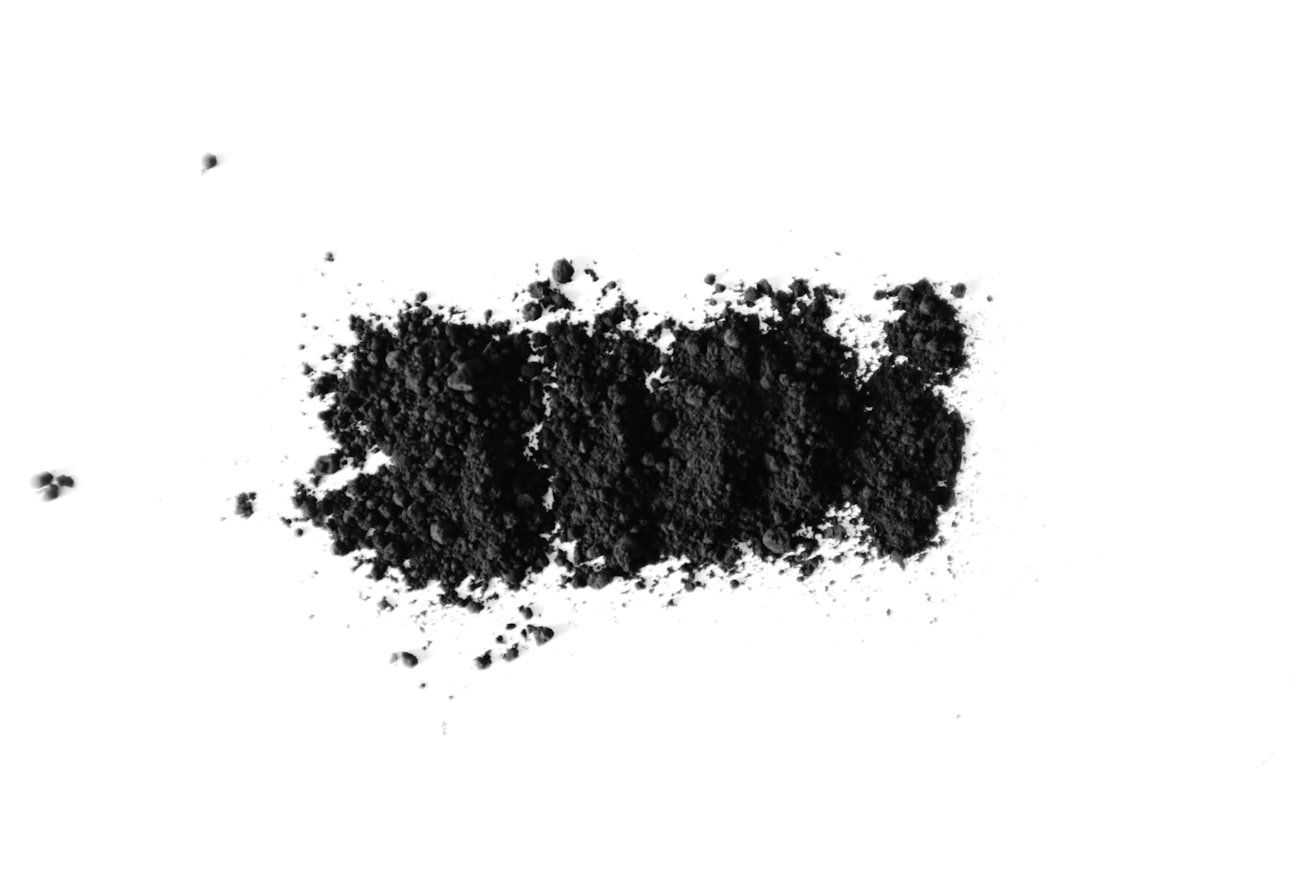What is it about?
Plant parts remain protected from external components by organ-specific coatings. However, NPs being smaller can easily penetrate cell wall to show useful or harmful effects, as plant cell wall is nearly porous to 3.5–20 nm range macromolecules. NPs penetrate the plant cells via cytoplasmic membrane proteins and ionic channels or through endocytosis by forming vesicles around the transport component. Plant roots permeate solutes through tips via root hairs; the rest of the root surface is waterproof due to suberin. NPs can easily be absorbed and transported through these openings.
Featured Image

Photo by Adrien Olichon on Unsplash
Why is it important?
Agronanotechnology has tremendous potential to alleviate farmer lives by facilitating agriculture. It is important to make people aware of this science to enhance its acceptability that could accelerate the discovery of newer applications in this domain. For nanotechnology to penetrate agriculture, there is a requirement of well-trained human resources who could translate the available techniques into tools of nanotechnology.
Perspectives
Human population is exploding at an unprecedented rate from the past few decades, causing expansion of industries, shrinkage of arable land, and land urbanization. To feed billions of people, the current agricultural practices like plant breeding and IPM are not sufficient and need smart alternatives that could match our current and future food demands. It is worth investing in novel agronanotechnology science which is only a decade or two old. By employing NPs we can reduce input on plant protective chemicals, minimize nutrient loss, and enhance crop yield. The technology is sufficient in alleviating problems of higher chemical input cost, poor pesticide efficiently, and pesticide contamination in land and groundwater. For example, zero valent iron NPs could be employed for remediation of pesticide-infested soil as they possess high absorption affinity toward heavy metals and organic compounds. Moreover, FeNPs harbour wonderful soil-binding qualities like CaCo3. In addition, to reduce the environmental footprint, more emphasis should be provided on the use of agricultural waste products as raw material for NM production.
Dr Anurag Yadav
Sardarkrushinagar Dantiwada Agricultural University
Read the Original
This page is a summary of: Nanoparticle-Based Plant Disease Management: Tools for Sustainable Agriculture, January 2018, Springer Science + Business Media,
DOI: 10.1007/978-3-319-91161-8_2.
You can read the full text:
Contributors
The following have contributed to this page







